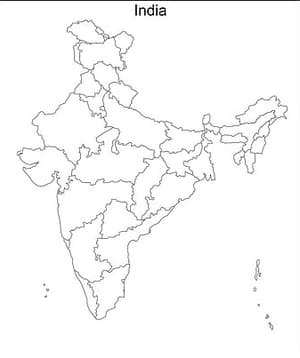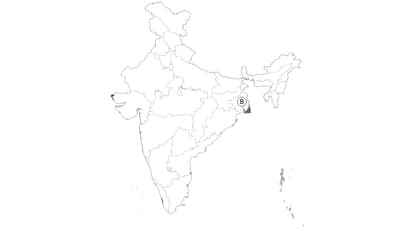Cropping Pattern
Important Questions on Cropping Pattern
Wheat and rice farming in India is entirely different from each other. Explain.
Match the items of column A with the corresponding items of column B and select the correct choice:
Column A Column B
1. Rabi i. Short season during the summer months.
2. Kharif ii. Crops sown in winter from October to December and Harvested in summer from April to June.
3. Zaid iii. Grown with the onset of monsoon in differed parts of the country and harvested in September - October.
Mr. Palani is from Tamil Nādu, wishes to cultivate either Tea or Wheat. Which one of the crops out of the two can he cultivate in his state? Substantiate your answer with any two reasons.
Map the states that produce rice in one way and that produce wheat in other on the Indian Political Map.

Discuss whether the success of rubber cultivation is solely dependent on favourable climatic conditions. Support your answer with relevant details.
Which Indian state is known for being a significant producer of the "Golden fibre"?
Raj wanted to explore diverse horticultural crops in India. To enhance his knowledge of tropical and temperate fruits, which state should he focus on?
In the context of rice cultivation in India, which region is recognised as a major contributor to its growth and productivity?
Which Indian states are significant producers of rice, and what are the predominant seasons for cultivating rice in these states?
The major millets, such as jowar, bajra, and ragi, are essential crops in India. Considering this, which type of farming is particularly suited for the cultivation of these millets?
On the outline map of India 'B' is marked as largest jute producing state of India. Identify it from the following option:


